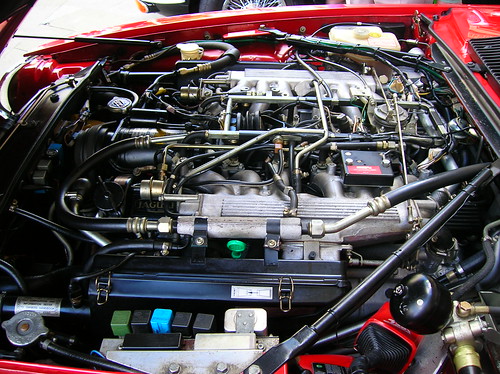gregdavidson
New member
I've been searching high and low for an easy but safe way to detail a car engine. Most of the videos and articles I've viewed on the subject tell you to either wash the engine off with water or to steam clean your engine after you covered certain parts. While there are many people who swear by these methods. there's always another person saying that these methods can damage certain types of cars and should not be used. Is there any fool-proof method for detailing a car engine that is almost guaranteed to cause no damage?
P.S. Some guy from another forum just told me to spray engine degreaser all over the engine and to use compressed air to clean it off. This sounded good for a second there however I don't feel compressed air will be able to remove everything.
P.S. Some guy from another forum just told me to spray engine degreaser all over the engine and to use compressed air to clean it off. This sounded good for a second there however I don't feel compressed air will be able to remove everything.





